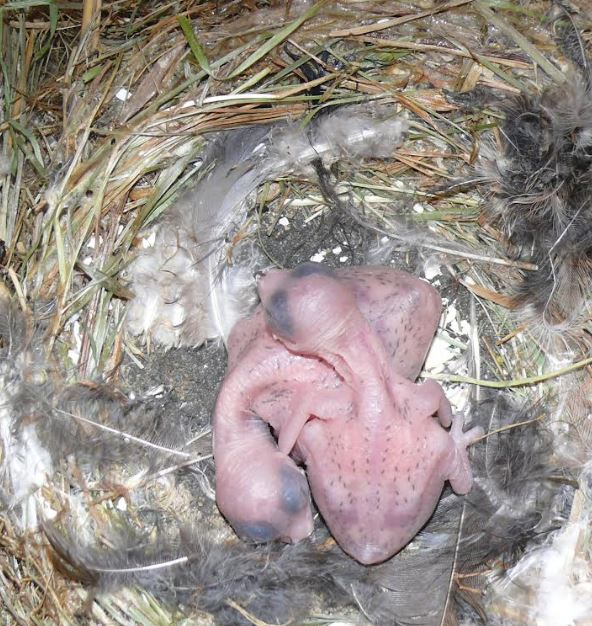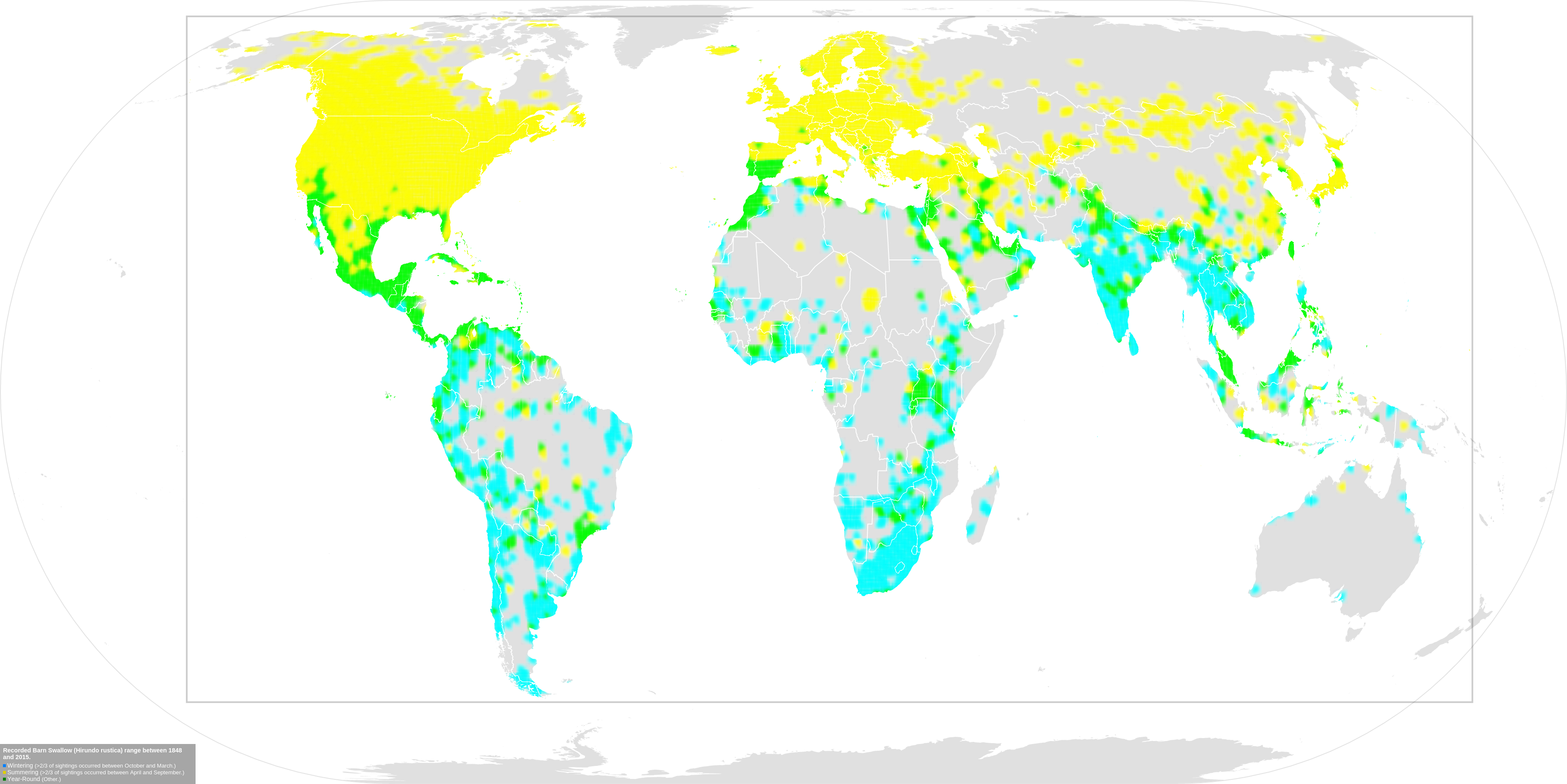|
Ulley Reservoir
Ulley Reservoir is a reservoir a few hundred yards to the west and downhill of the village of Ulley, south of Rotherham, South Yorkshire, England. It is away from junction 33 of the M1 motorway. History The reservoir was built in 1871 by damming the brooks of Ulley and Morthen, to provide the town of Rotherham with approximately 180 million gallons (820 million litres) of drinking water per year. The reservoir is divided in two by a road bridge carrying Reservoir Road; one half is used for angling and dinghy sailing, and the other is now a nature reserve. The dam is an earth embankment made of a clay core and earth filled shoulders. In 1969 the dam wall was built up by with plastic concrete and relevelled. The spillways and overflow are made of ashlarbr>pitchingset on concrete. It is in height with a slope of 12.7 degrees, with two lateral overflow stepped spillways. The reservoir covers an area of and is about deep. In the 1980s it was decided that it was ... [...More Info...] [...Related Items...] OR: [Wikipedia] [Google] [Baidu] |
South Yorkshire
South Yorkshire is a Ceremonial counties of England, ceremonial county in the Yorkshire and the Humber region of England. It borders North Yorkshire and West Yorkshire to the north, the East Riding of Yorkshire to the north-east, Lincolnshire to the east, Nottinghamshire to the south-east, and Derbyshire to the south and west. The largest settlement is the city of Sheffield. The county is largely urban, with an area of and a population of 1,402,918. The largest settlements after Sheffield (556,500) are the city of Doncaster (113,566), Rotherham (109,697), and Barnsley (96,888). The east and west of the county are more rural. The county is governed by four metropolitan boroughs: Metropolitan Borough of Barnsley, Barnsley, City of Doncaster, Metropolitan Borough of Rotherham, Rotherham, and City of Sheffield. They collaborate through South Yorkshire Mayoral Combined Authority. South Yorkshire lies on the edge of the Pennines, and the west of the county contains part of the Peak ... [...More Info...] [...Related Items...] OR: [Wikipedia] [Google] [Baidu] |
Eurasian Coot
The Eurasian coot (''Fulica atra''), also known as the common coot, or Australian coot, is a member of the rail and crake bird family, the Rallidae. It is found in Europe, Asia, Australia, New Zealand and parts of North Africa. It has a slaty-black body, a glossy black head and a white bill with a white frontal shield. The sexes are similar. Similar looking coot species are found throughout the world, with the largest variety of coot species living in South America. Taxonomy The Eurasian coot was formally described by the Swedish naturalist Carl Linnaeus in 1758 in the tenth edition of his ''Systema Naturae'' under its current binomial name ''Fulica atra''. Linnaeus specified the locality as Europe but this is now restricted to Sweden. The binomial name is from Latin: ''Fulica'' means 'coot', and ''atra'' means 'black'. Four subspecies are recognised: * ''F. a. atra'' Linnaeus, 1758 – Europe and north Africa to Japan, India, southeast Asia, Philippines and Borneo * ''F. a. ... [...More Info...] [...Related Items...] OR: [Wikipedia] [Google] [Baidu] |
BBC News
BBC News is an operational business division of the British Broadcasting Corporation (BBC) responsible for the gathering and broadcasting of news and current affairs in the UK and around the world. The department is the world's largest broadcast news organisation and generates about 120 hours of radio and television output each day, as well as online news coverage. The service has over 5,500 journalists working across its output including in 50 foreign news bureaus where more than 250 foreign correspondents are stationed. Deborah Turness has been the CEO of news and current affairs since September 2022. In 2019, it was reported in an Ofcom report that the BBC spent £136m on news during the period April 2018 to March 2019. BBC News' domestic, global and online news divisions are housed within the largest live newsroom in Europe, in Broadcasting House in central London. Parliamentary coverage is produced and broadcast from studios in London. Through BBC English Regions, th ... [...More Info...] [...Related Items...] OR: [Wikipedia] [Google] [Baidu] |
Canklow
Canklow is a suburb of Rotherham, South Yorkshire, England. Canklow is less than south from Rotherham town centre and approximately north-east from Sheffield city centre. It forms part of the Boston Castle ward for the Metropolitan Borough of Rotherham. History Canklow was created as a post Second World War council housing area. At the southern end of the estate there was once a coal mine, Rotherham Main Colliery. The mine opened in 1890 and closed in 1954. In 1981 the census revealed a male unemployment rate for Canklow of 42.1%, just under four times the national average. From 1983 to 1986 Canklow was one of four areas in South Yorkshire South Yorkshire is a Ceremonial counties of England, ceremonial county in the Yorkshire and the Humber region of England. It borders North Yorkshire and West Yorkshire to the north, the East Riding of Yorkshire to the north-east, Lincolnshire ... where the Probation Service ran a victim/offender mediation project (one of the first ... [...More Info...] [...Related Items...] OR: [Wikipedia] [Google] [Baidu] |
Catcliffe
Catcliffe is a village and civil parish on the north-west bank of the River Rother in South Yorkshire, England. The population of the civil parish at the 2011 census was 2,108. It is in the Metropolitan Borough of Rotherham, approximately south of the town of Rotherham and east of Sheffield City Centre. History Catcliffe is mentioned in the Domesday Book, its name is presumed to mean either ''the cliff where the cats live'', or ''steep river bank''. In 1740 William Fenney established a glassworks here. The site was chosen, among other reasons, for being away from Fenney's glassworks in Bolsterstone, formerly owned by his mother-in-law—the terms of her will prevented him from setting up a glassworks within 10 miles of the town. One of the cones of this glassworks still exists and is the oldest surviving structure of its type in Western Europe. It is a Grade I listed building and a Scheduled Ancient Monument. On 25 June 2007 the village was evacuated because of fears tha ... [...More Info...] [...Related Items...] OR: [Wikipedia] [Google] [Baidu] |
Treeton
Treeton is a village and civil parish of the Metropolitan Borough of Rotherham in South Yorkshire, England. It is located about south of the town of Rotherham and east of Sheffield City Centre. History There is evidence of Mesolithic and Neolithic settlement in this area. In 1954 a Neolithic polished stone axe was found at Gregory Hill Field, and in 1957 Mesolithic flint cores were found in Treeton Wood. There was a Roman fort at Templeborough, about north west of Treeton, and remnants of the Roman road called Icknield Street (sometimes Ryknild or Riknild Street) have been found in nearby Brinsworth. The name ''Treeton'' is Old English in origin and may mean 'tree farmstead' or 'farmstead built with posts'. The earliest known written record of Treeton is the Domesday Book of 1086, in which it is referred to as ''Trectone'' or ''Tretone''. The Domesday Book also mentions that the village had two mills and a church. The present parish church the Church of St Helen was orig ... [...More Info...] [...Related Items...] OR: [Wikipedia] [Google] [Baidu] |
Whiston, South Yorkshire
Whiston is a village and civil parish in the Metropolitan Borough of Rotherham in South Yorkshire, England. It has a population of 5,115, reducing to 5,042 at the 2011 Census. Geography Originally a small rural village between Sheffield and Rotherham, within the Saxon "Shire of Hallun" (Hallamshire), Whiston is now a suburb of Rotherham, close to its border with Sheffield. Etymology According to ''A Dictionary of British Place-Names'', the name Whiston comes from two Old English words ''wite'' and ''stan'' – meaning "The whitestone" which is likely to be in reference to a nearby quarry where large amounts of white stone were once mined. It is referred to as ''Witestan'', in the Domesday Book of 1086, at which time it was part of the same manor as Handsworth (Handswrde), now a suburb of Sheffield. Close to Whiston is ''Blue Man's Bower'', a moated site and scheduled monument. History Even in 1900 Whiston was still a small rural village, separated from Rotherham by open ... [...More Info...] [...Related Items...] OR: [Wikipedia] [Google] [Baidu] |
June 2007 United Kingdom Floods
A series of large floods occurred in parts of the United Kingdom during the summer of 2007. The worst of the flooding occurred across parts of Northern Ireland and Scotland on 14 June; East Yorkshire and the Midlands on 15 June; Yorkshire, the Midlands, Gloucestershire, Herefordshire and Worcestershire on 25 June; and Gloucestershire, Herefordshire, Worcestershire, Oxfordshire, Berkshire and South Wales on 28 July 2007. June was one of the wettest months on record in the United Kingdom (see List of weather records). Average rainfall across the country was ; more than double the June average. Some areas received a month's worth of precipitation in 24 hours. It was the UK's wettest May–July period since records began in 1776. July had unusually unsettled weather and above-average rainfall through the month, peaking on 20 July as an active frontal system dumped more than of rain in southern England. Civil and military authorities described the June and July rescue efforts as ... [...More Info...] [...Related Items...] OR: [Wikipedia] [Google] [Baidu] |
Common Kestrel
The common kestrel (''Falco tinnunculus''), also known as the European kestrel, Eurasian kestrel or Old World kestrel, is a species of bird of prey, predatory bird belonging to the kestrel group of the falcon family (biology), family Falconidae. In the United Kingdom, where no other kestrel species commonly occurs, it is generally just called the "kestrel". This species occurs over a large native range. It is widespread in Europe, Asia and Africa, as well as occasionally reaching the east coast of North America. It has colonized a few oceanic islands, but vagrant individuals are generally rare; in the whole of Micronesia for example, the species was only recorded twice each on Guam and Saipan in the Marianas. Taxonomy The common kestrel was Species description, formally described in 1758 by the Swedish naturalist Carl Linnaeus in the 10th edition of Systema Naturae, tenth edition of his ''Systema Naturae'' under the current binomial nomenclature, binomial name ''Falco tinnunculu ... [...More Info...] [...Related Items...] OR: [Wikipedia] [Google] [Baidu] |
Western House Martin
The western house martin (''Delichon urbicum''), sometimes called the common house martin, northern house martin or, particularly in Europe, just house martin, is a migratory passerine bird of the swallow family which breeds in Europe, north Africa and across the Palearctic; and winters in sub-Saharan Africa and tropical Asia. It feeds on insects which are caught in flight, and it migrates to climates where flying insects are plentiful. It has a blue head and upperparts, white rump and pure white underparts, and is found in both open country and near human habitation. It is similar in appearance to the two other martin species of the genus ''Delichon'', which are both endemic to eastern and southern Asia. It has two accepted subspecies. Both the scientific and colloquial name of the bird are related to its use of human-made structures. It builds a closed cup nest from mud pellets under eaves or similar locations on buildings usually in colonies. It is hunted by the Eurasian ... [...More Info...] [...Related Items...] OR: [Wikipedia] [Google] [Baidu] |
Common Swift
The common swift (''Apus apus'') is a medium-sized bird, superficially similar to the barn swallow or Common house martin, house martin but somewhat larger, though not stemming from those passerine species, being in the order Apodiformes. The resemblances between the groups are due to convergent evolution, reflecting similar contextual development. The swifts' nearest relatives are the New World hummingbirds and the Southeast Asian treeswifts. Its scientific name ''Apus'' is Latin for a swift, thought by the ancients to be a type of swallow with no feet (from Ancient Greek α, ''a'', "without", and πούς, ''pous'', "foot"). Swifts have very short legs which they use primarily for clinging to vertical surfaces (hence the German name ''Mauersegler'', literally meaning "wall-glider"). They never settle voluntarily on the ground where they would be vulnerable to accidents and predation, and non-breeding individuals may spend up to ten months in continuous flight. Taxonomy The co ... [...More Info...] [...Related Items...] OR: [Wikipedia] [Google] [Baidu] |
Barn Swallow
The barn swallow (''Hirundo rustica'') is the most widespread species of swallow in the world, occurring on all continents, with vagrants reported even in Antarctica. It is a distinctive passerine bird with blue upperparts and a long, deeply forked tail. In English-speaking world, Anglophone Europe, it is just called the swallow; in northern Europe, it is the only member of family Hirundinidae called a "swallow" rather than a "Martin (bird), martin". There are six subspecies of barn swallow, which breed across the Northern Hemisphere. Two subspecies, (''H. r. savignii and H. r. transitiva'') have fairly restricted ranges in the Nile valley and eastern Mediterranean, respectively. The other four are more widespread, with winter ranges covering much of the Southern Hemisphere. The barn swallow is a bird of open country that normally nests in man-made structures and consequently has spread with human expansion. It builds a cup bird nest, nest from mud pellets in barns or similar ... [...More Info...] [...Related Items...] OR: [Wikipedia] [Google] [Baidu] |







